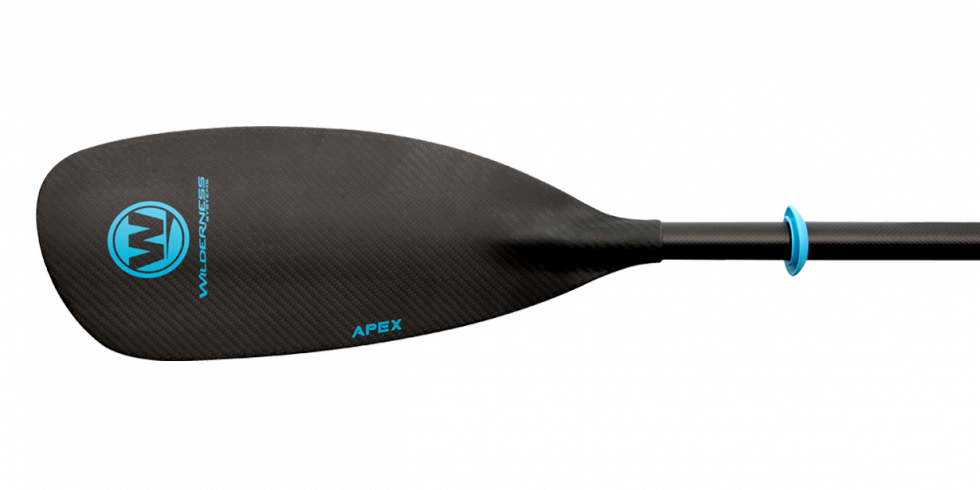
Apex Carbon (2 Sizes)
The Apex Rec/Touring Carbon paddle weights just 27 oz and is the lightest option in the Apex series.
Learn More
The Apex Rec/Touring Carbon paddle weights just 27 oz and is the lightest option in the Apex series.
Learn MoreJoin the Wilderness Systems Email Community
Be the first to know about new products, team news and events.

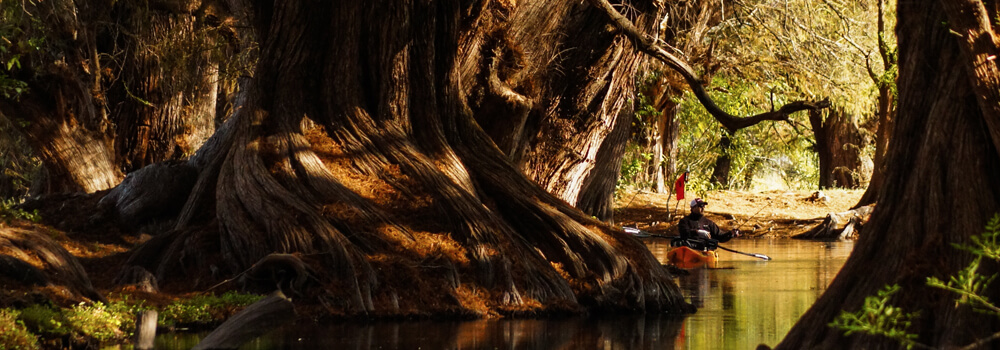
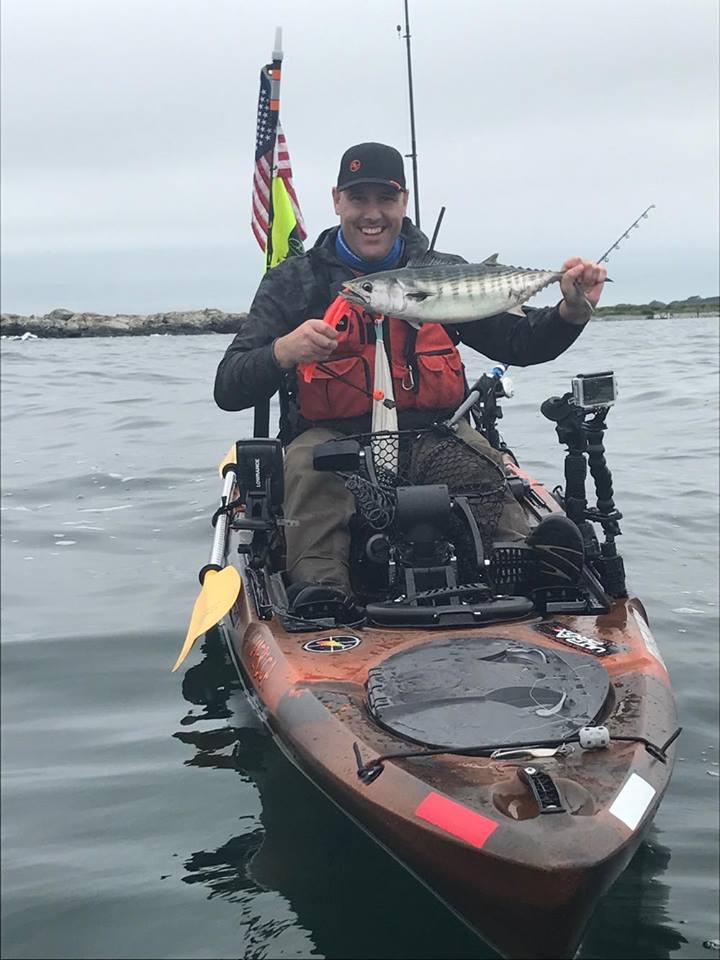
5 Wildy Pros share their favorite fall tactics for chasing their favorite fish
The Art of the Fall Bite
Compiled by Drew Haerer
The fall bite is heating up, and anglers all around New England are busy chasing their favorite species before winter forces them off the water. Whether along the coast or inland, fall conditions can lead to some fantastic days on the water and some of the best fishing of the year. So, what is your favorite species to target? In this article, five Wilderness Systems pros talk about some of their favorite species to target each fall and give some tips on how to get more bites.
Name: Tom Adams
State: Rhode Island
Target species: False albacore
Boat of choice: Radar 135
As the summer comes to an end, the fall run has to be my favorite time to fish. The warm weather and waters bring so many different species to our coastline. You can catch fish like stripers, blues, trigger fish, king fish, and bonito. I highly anticipate the arrival of the False Albacore, aka funny fish, speedsters, little tunny, or simply albies! These little fish are intense and will get your heart pumping when you hook up with one. They are able to reach speeds of 40mph when making a run and will have your drag screaming! Once you catch one you will be chasing the next pod to break the surface feeding on peanut bunker, sand eels and silver sides. I like to use a light tackle set up when targeting these fish along with a variety of lures. My go to lures are the Point Jude Lure Po-Jee or swimming minnow, Hogy epoxy jigs and Albie-Snax.
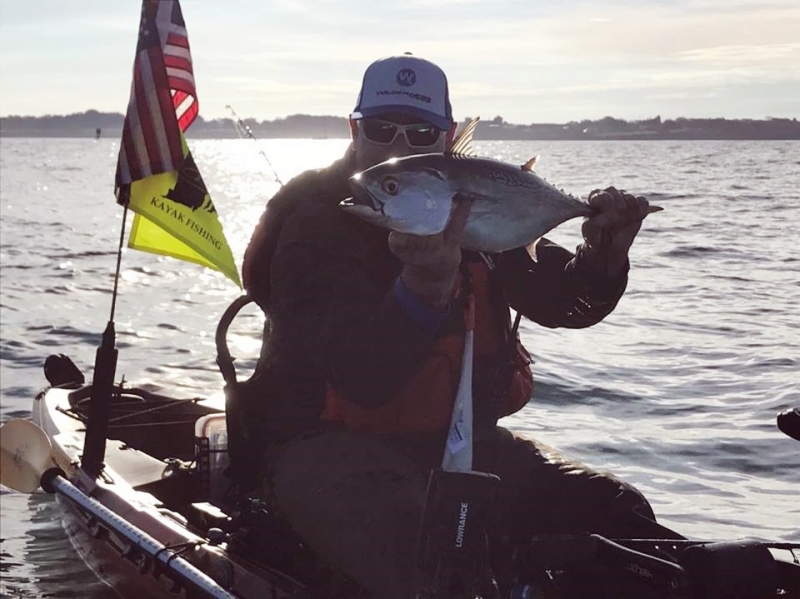
Name: Frank Ruczynski
State: New Jersey
Target species: Weakfish
Boat of Choice: Radar 135 with Helix MD
When you think about the fall run along the northeast coast how often do weakfish come to mind? While most anglers are thinking about slammer bluefish and striped bass blitzes, I’m busy catching weakfish in my Wilderness Systems kayak. While they aren’t the trophy tide runners of the spring, there are good numbers of spike weakfish, with enough 3 to 5-pound weakfish around to keep it interesting. For most of my life, I was a land-based angler and my fishing areas were extremely limited. In recent years, the use of my kayak has opened the door to some incredible action. My best experiences are usually during an outgoing tide set up along creek mouths, channel edges, shell beds and hard structure. My go-to confidence bait is a 5-inch Zoom Salty Super Fluke in the bubblegum color. Jig weight varies according to water depth and current, but I’m usually tossing a ¼ to ½-ounce leadhead. A few bounces of the jig in the right locations and you’ll be hooked too in no time.
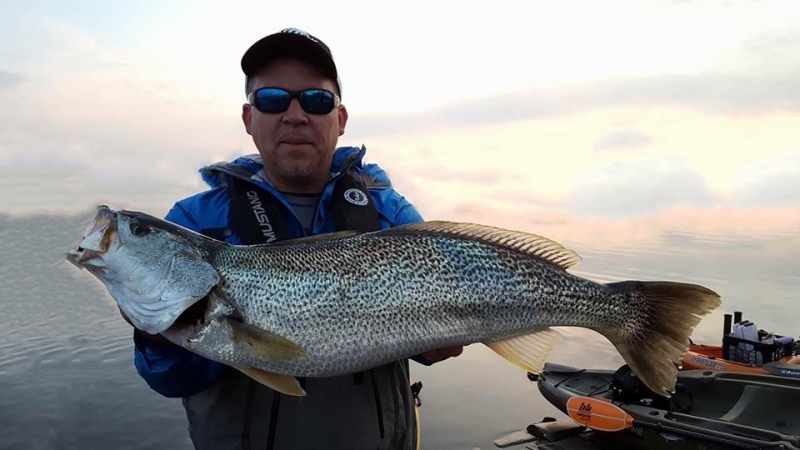
Name: Clayton George
State: New York
Target species: Smallmouth bass
Boat of choice: ATAK 140
In the fall, I like to target smallmouth bass with a variety of techniques. Smallies are some of the hardest fighting fish you can encounter in freshwater. One of my favorite ways to catch them is with a double fluke rig, which can be a great way to locate and fire up schools of bass. Specifically, the dual rig is a great way to exploit their competitive nature and sometimes catch doubles on the same cast. If I find a big fish in a school on my electronics, I will often switch to a large swim bait to weed out the smaller fish. Square bill crankbaits and jerkbaits are also solid choices in the fall as move shallow and fatten up for winter.
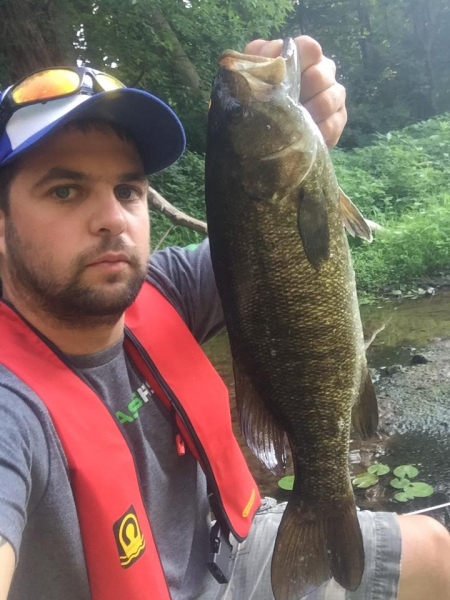
Name: Drew Haerer
State: Massachusetts
Target species: Trout
Boat of choice: ATAK 120 or 140
As soon as the trees start to drop their leaves, I get excited knowing that trout are coming out of their lazy summer patterns and getting ready to heavily feed prior to winter and the spawn. I prefer to get away from the crowds and chase fish in hard to reach places. In rivers, I generally like to set up 2-3 mile floats, and I regularly park my kayak and wade in key spots along the way. I predominantly carry three set ups in the fall: a 3-4 wt fly rod with floating line and a dry fly (generally either a midge, October caddis, or ant), a 3 wt euro-nymphing rod with a tandem nymph rig, and a 6-7 wt fly rod with sink tip line and a big streamer (such as a Swinging D or pretty much anything with “Galloup” in the name). I may use my kayak to drift along current seams or anchor at the tail end of a pool and make long casts with the streamer. In lakes, I use the same general approach, but the bite can totally change depending on the conditions, so it is important to always keep an eye on the surface and on any activity in the water that may help you unlock the puzzle on a given day.
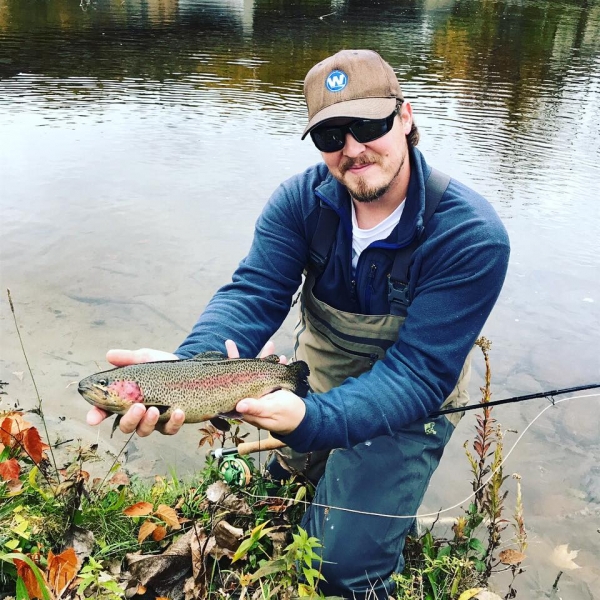
Name: Thomas Philippi
State: New Jersey
Target species: Striped bass
Boat of choice: Radar 115 with Helix PD
When daylight begins to wane and the air gets frigid, my mind switches focus from chasing largemouth bass to the saltwater back bays of New Jersey to target striped bass. The fall might mean football for many, hunting for some and pumpkin flavor in everything for all, but it signals striper fishing to me. If I can locate a school of feeding fish, my favorite way to catch them is with 3 or 4 inch plastic swimbaits, such as those made by Tsunami, or with topwater lures such as poppers or walking baits. There are very few things in life more heart stimulating than a striper blowing up on a topwater lure. Active fish can be found along light lines from bridges at night or at the mouths of smaller creeks either early or late in the day.
If I am not sure where my quarry is located I will troll sod banks with longer plastic swimbaits like those made by Hogy Lures or Bass Kandy Delights. These are 10 inches long. I like to rig them on weighted swimbait hooks or swimming tins, which give these lures a sexy swimming action. Another trolling lure effective in the northeast is a tube and worm. These are rubber tubes of 18 inches or more with wire through the to a tail hook. A curl is put into the tube by wrapping it around your forearm. This gives the tube a corkscrew swimming action. The hook is tipped with bloodworms. A keel weight system is used about 3 feet in front of your lure to keep it running just above bottom. Be sure to use good barrel swivels when attaching the keel weight to your leader and the leader to the lure or you will have a twisted mess! Get a bite and hold on because you are about to go for a fall sleigh ride.